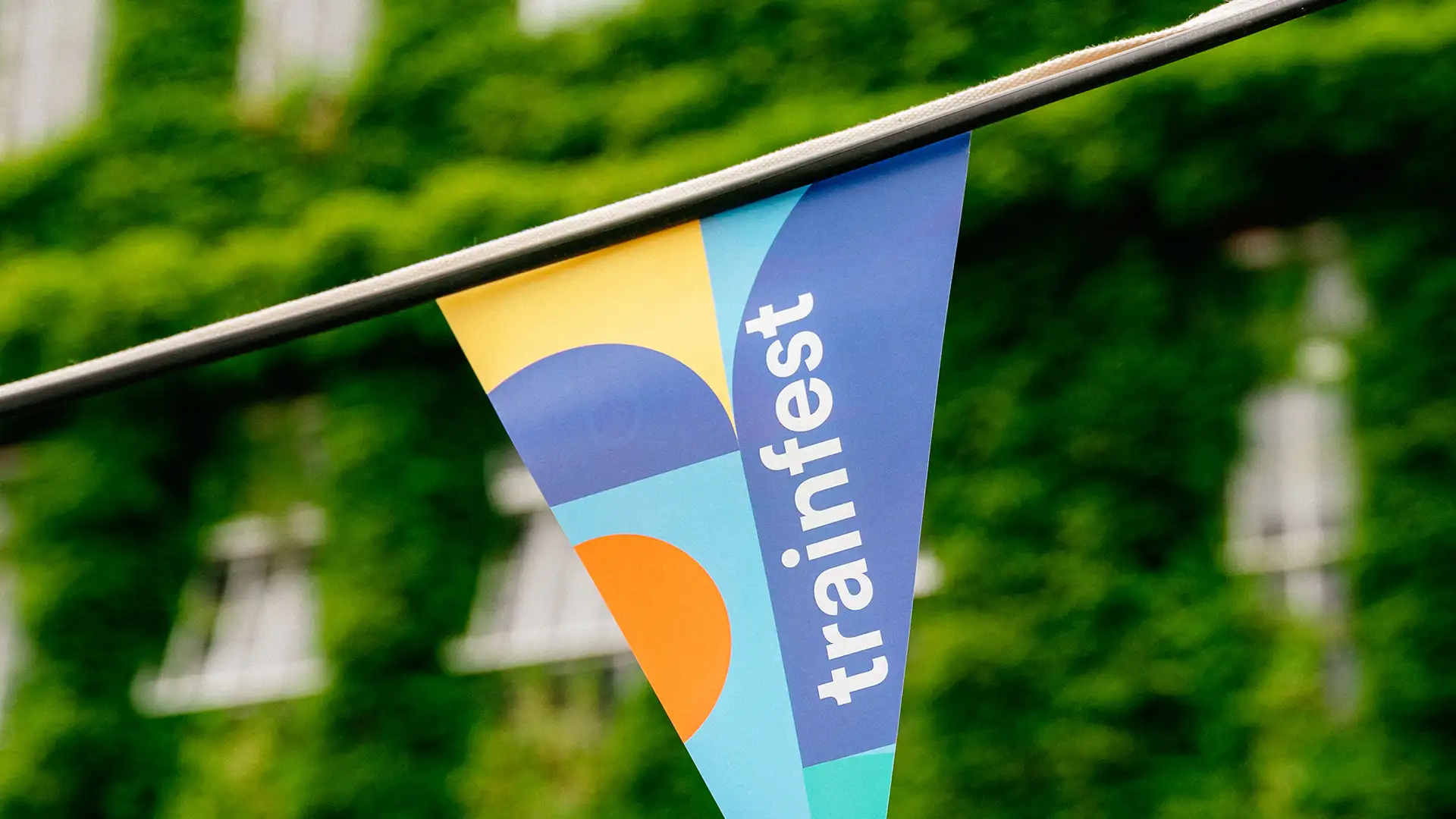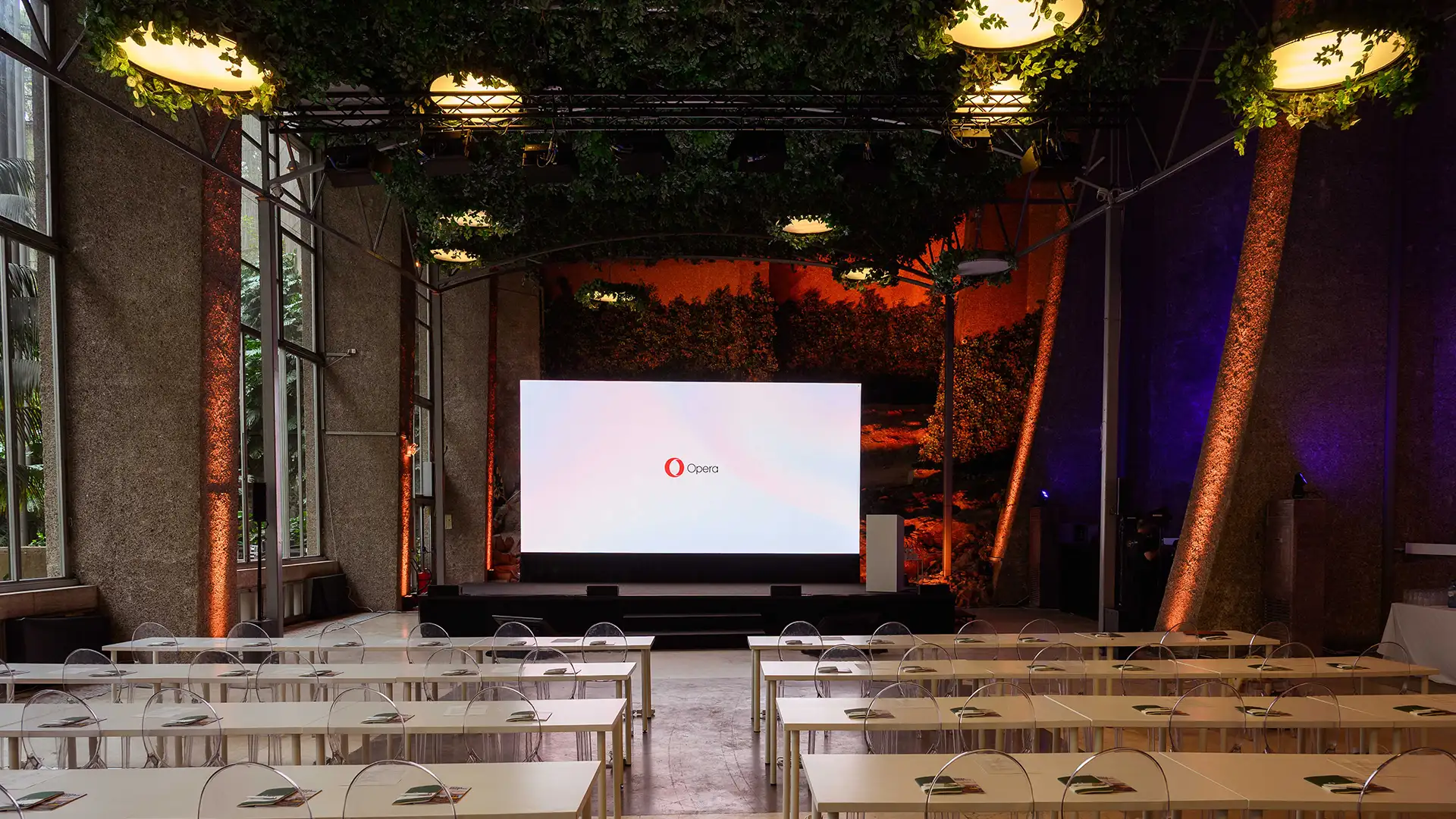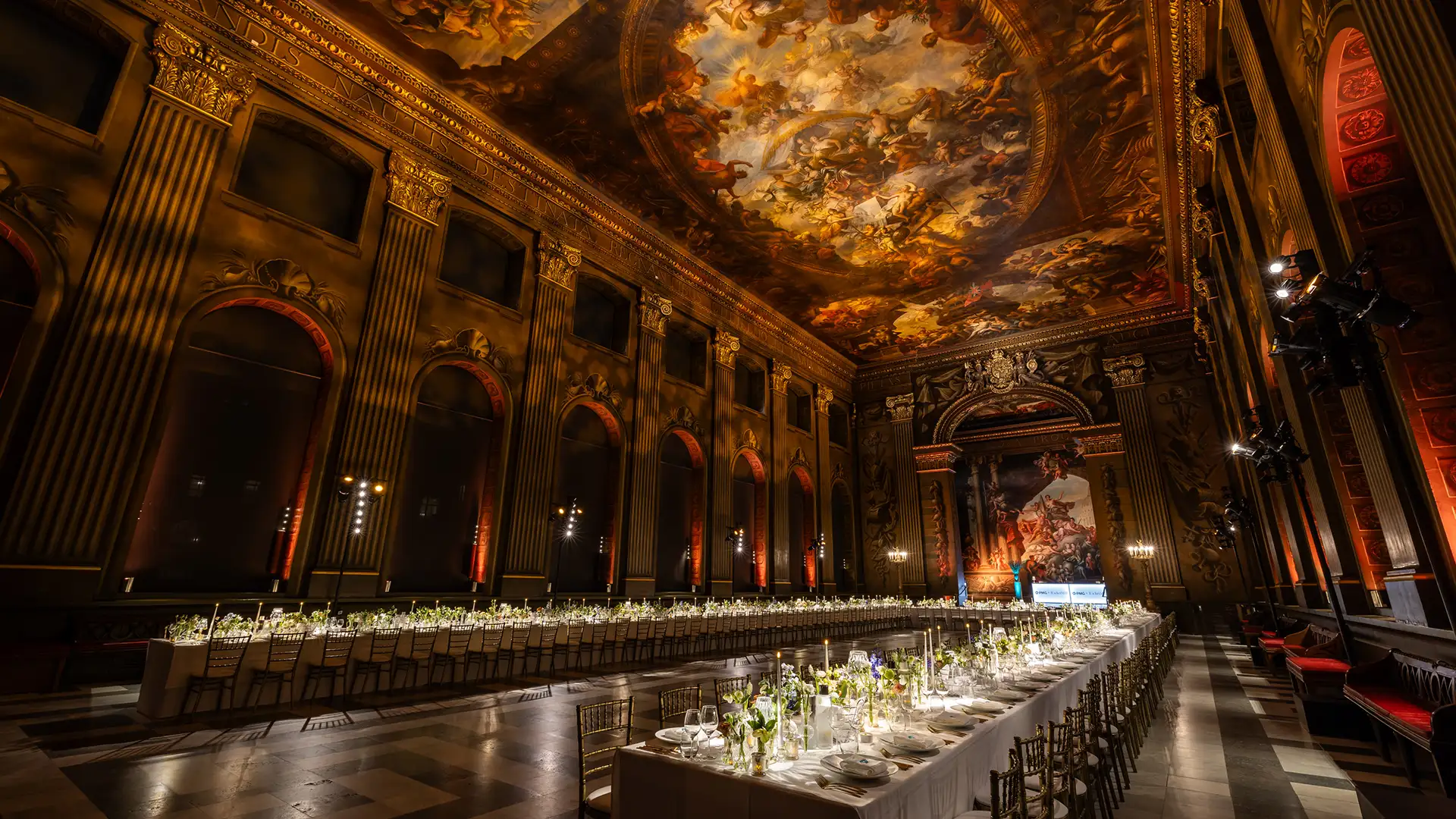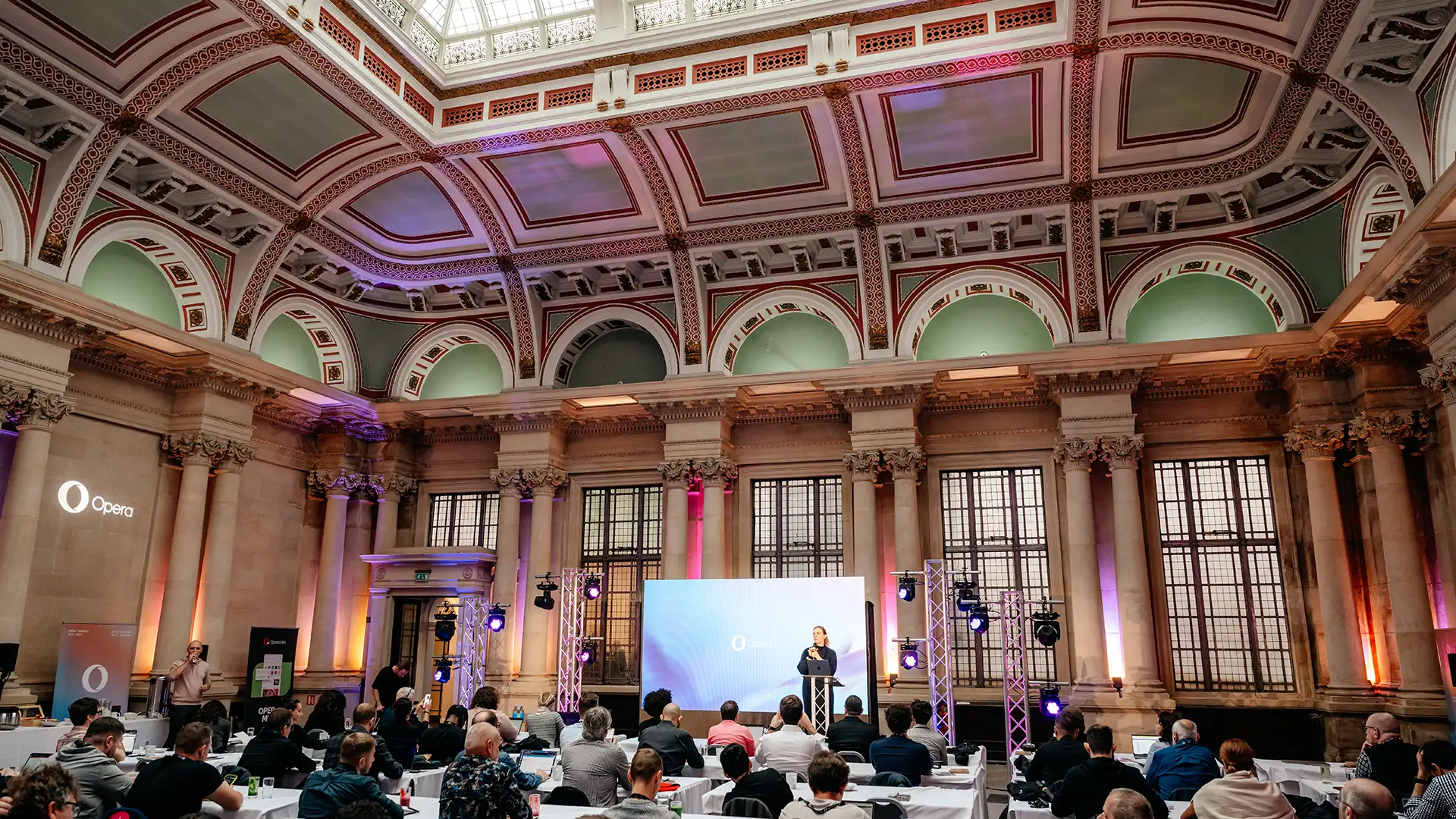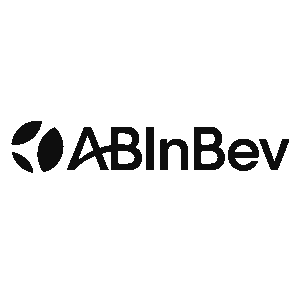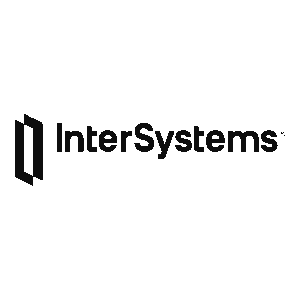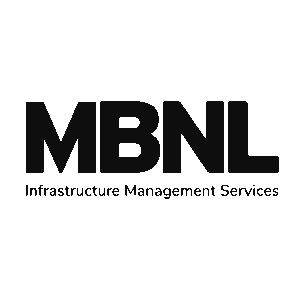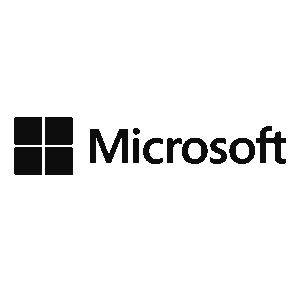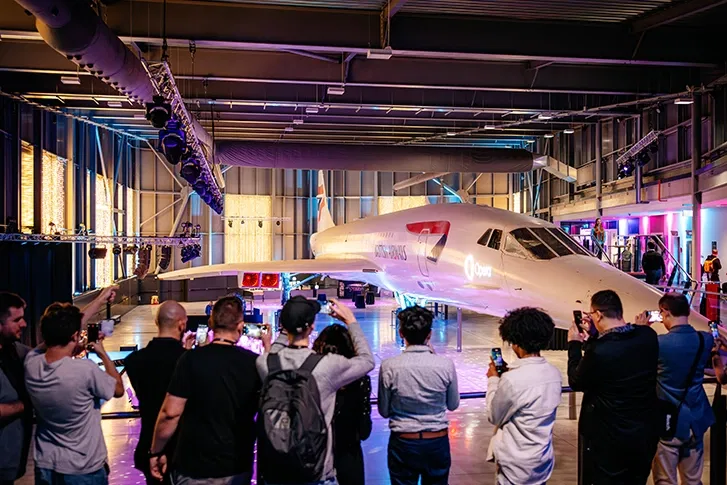Brand Experiences
For brandsUnforgettablebrandexperiences
We make brand events easier for you. It’s a simple ethos, and it’s seen us become one of the leading corporate event companies in the UK (winning some awards along the way).

Magic without the stress
Your end-to-end creative event partners
Whether IRL, Virtual or hybrid, organising a company celebration, partner conference, immersive brand activation, press event or summer festival can be time-consuming and stressful. That’s where MGN come in.
From early-stage strategy workshops and creative brainstorming to design, venue sourcing, logistics and delivery, our end-to-end corporate event management service covers everything you need. We engage audiences, inspire action and drive the real impact you and your execs crave, while you stay stress-free working with trusted experts who feel like a true extension of your team.

Our approach
Obsessiveattentionto detail
Here at MGN Events, as a brand experience agency, it’s fair to say that we are obsessed with live events and attention to detail, so our event planning, creative and production teams work as one from the start. With everyone under the same roof, ideas are tested, developed and turned into realities fast.
Strategic thinking and creative planning go hand in hand, ensuring nothing gets lost and your goals remain in focus, whether it’s a high-impact conference, summer festival or experiential event. That way, we execute with precision and deliver an experience that truly connects with your audience and keeps them engaged long after the event ends.
Our Services
One team,everythingyou need
Testimonials
Kind wordsfrom clients
FAQs
Explore our FAQs
What types of Brand Experiences and Corporate Events do you organise?
We design and deliver strategic brand experiences and high-impact corporate events that connect with people and drive results.
From global conferences to immersive product launches, summer festivals to end of year celebrations we help our clients bring their message to life in powerful, memorable ways. Whether you’re looking to engage customers, inspire teams, build culture or celebrate success, we’ll shape the experience around your goals.
Some of the experiences we create include:
-
Leadership, internal comms events and training events
-
Away days, incentives and team experiences
-
Experiential campaigns and content-led experiences
If your event doesn’t fall into a neat category even better. We’re used to working with ambitious briefs, big ideas and tight timelines.
How do you ensure the event reflects our brand identity?
Every event we create is designed to feel unmistakably you. We start by getting under the skin of your brand understanding your values, your tone of voice, your audience and the outcomes you’re aiming for.
From there, we bring together strategic thinking and creative direction to translate your identity into a compelling live experience. That might mean storytelling through content, reinforcing your values through design, or reflecting your tone of voice in every touchpoint – from signage to scripts to social content.
Throughout the process, we work as an extension of your team: collaborating closely, sharing ideas, and pressure-testing everything to make sure it feels on-brand and on-message.
The result? An experience that doesn’t just look the part… It feels like your brand in motion.
Fill in the form below to learn more.
Can you handle large-scale events with complex logistics?
Yes… It’s what we do best!
From multi-day conferences with international delegates to large-scale brand activations and full-site takeovers of unusual locations, we’re experienced in managing complex event logistics end-to-end. We’ve worked in complex venues such as airports, factories, warehouses, festival fields, Grade I listed buildings, and more traditional hotels and event venues.
Our team handles everything: venue and supplier management, technical production, delegate journeys, health and safety, transport, accommodation and all the moving parts in between. We’re meticulous in our planning and calm under pressure – which means you can focus on the bigger picture, knowing every detail is covered.
Whatever the scale or location, we bring clarity, control and creative flair to deliver an experience that runs seamlessly and leaves a lasting impression.
How do you ensure an event aligns with our brand and objectives?
Our event planning process starts with clarity – taking time to understand your brand, audience, objectives and success measures. Whether you’re looking to shift perception, drive engagement, build loyalty or celebrate a milestone, we use that insight to shape the entire experience.
From creative direction to content strategy and delivery on the day, every detail is aligned to your brand’s tone, values and purpose. We also build in smart ways to measure impact – so you’re not just hosting an event, you’re creating results.
Think of us as your creative experience partner – helping you turn business objectives into something people can feel, remember and act on.
How involved can we be in the planning process?
As involved as you want to be.
Some clients like to be part of every decision, others prefer to hand over the brief and trust us to get on with it. We’re comfortable with both – and everything in between.
From day one, we’ll set up a clear, collaborative way of working that suits your pace, style and level of involvement. You’ll always have full visibility and regular updates, without being bogged down in the day-to-day. And if there’s ever a decision to be made, we’ll bring you clear options and a recommendation – not a list of problems.
Ultimately, we’re here to make your life easier and your event stronger. So you can stay as close to the process as you like, with total confidence that it’s in safe hands.
Can you help me deliver an event that makes a real impact – not just look good?
Yes. We believe a great event should do much more than just look good – the best events move people, shift perception, spark action.
Whether you’re looking to drive engagement, build loyalty or communicate a key message, we design every experience with your goals in mind.
Creative excellence matters but so does strategy, purpose, and making sure your event delivers long after the last guest leaves.
Have you worked on events like mine – and can I trust you to deliver?
Yes…and we understand what’s at stake. We’ve delivered everything from high-profile brand activations in Europe, partner conferences in Dubai, to fast-turnaround internal events in London and high-impact press and VIP experiences in Lisbon. Our clients trust us with their reputation because we take it as seriously as they do. You’ll feel it in our attention to detail, our calm under pressure, our can-do attitude and the way we take ownership from day one. We are only as good as our last event. Why not partner with us and take yours to the next level? Fill in the form below to get started.
How much is my event likely to cost and what am I getting for that investment?
We get it, everyone is being asked to do more with less. Budgets are under pressure, expectations are high and your investment has got to deliver more than a great-looking event.
That’s where we come in. We’ll help you focus your spend where it really counts – bringing creative ideas, strategic thinking and sharp decision-making to help you unlock more value from every pound. We’ll guide you through the options, challenge assumptions where needed, and shape an experience that delivers real return – not just a nice-looking room.
Above all, we’ll work with you as a true partner: transparent, thoughtful, and always on your side. If you’re unsure where to start or how to justify the spend – just get in touch. We’re here to help make the case, make it work, and make it happen.
How much does MGN charge for its services?
We scope each project individually, so you only pay for the time, expertise and resource your event genuinely needs – nothing more.
Unlike some agencies, we don’t charge a percentage of your total budget. Instead, we’ll agree a clear project fee based on the complexity, scale and level of support you require. That way, you know exactly what you’re paying for, with no surprises.
If you’re still shaping your brief, we’re always happy to talk it through and give you a sense of what’s possible at different budget levels – no pressure, just honest advice.
What’s the process – and how quickly can we get started?
We move fast but never at the expense of clarity. Once we understand what you’re trying to achieve, we’ll put forward a clear vision and plan to get us there. No waffle, no endless meetings – just clear direction, aligned thinking, and momentum. You’ll always know what’s happening, when, and why. And if timelines are tight, we’re used to turning things around at pace. Fill in the form below to get started.
Our clients
Brandswe've lovedworking with.
Brands
we've loved
working with.
We partner with the globally-recognised brands of today, as well as the high-growth companies of tomorrow.
Partner with usContact us
Let’s make
it happen
Looking for a creative event partner to help turn your event into an unforgettable experience? Drop us a line. Whatever you can imagine, we can make it happen.


